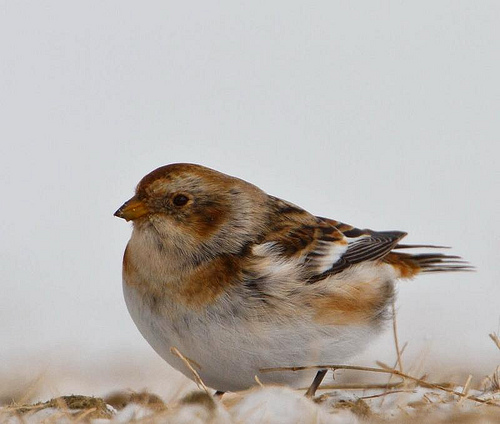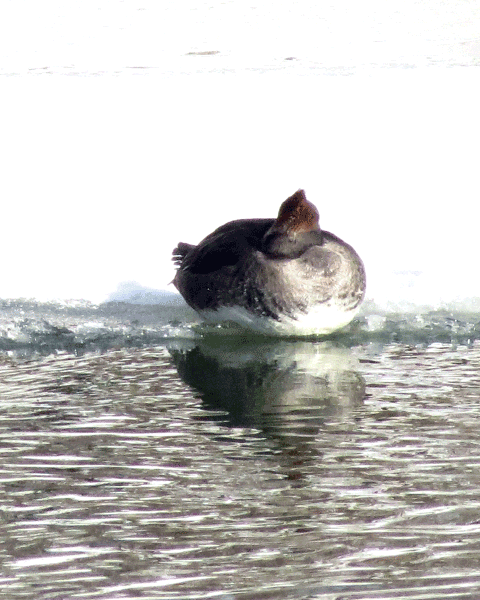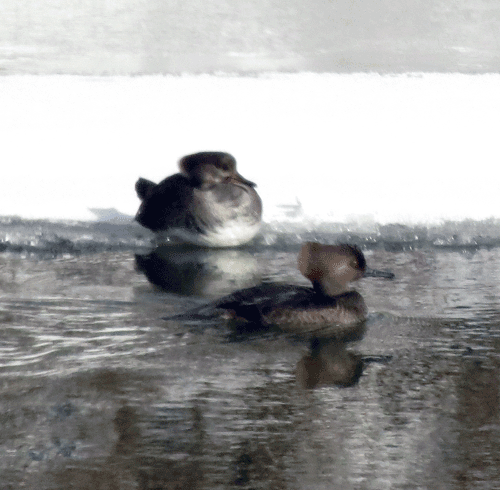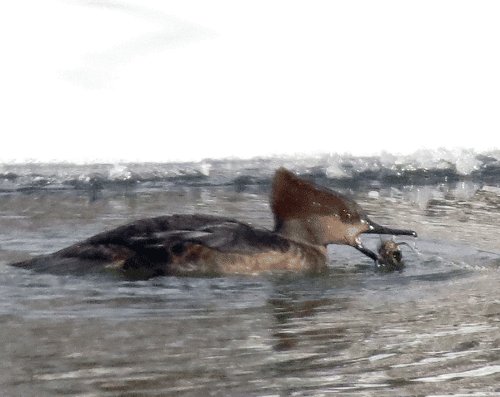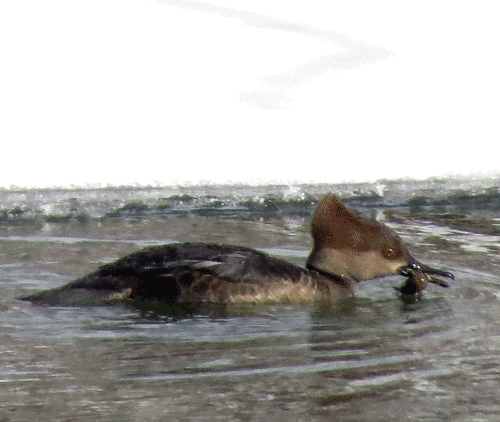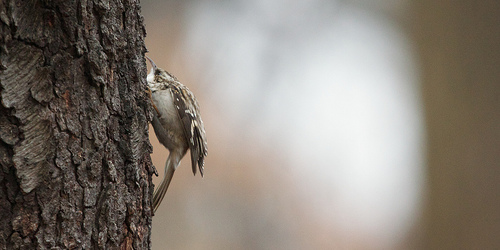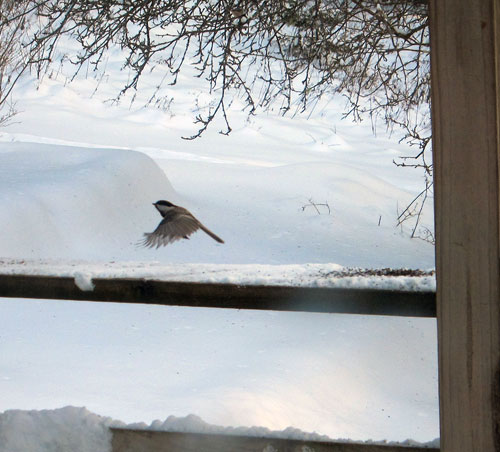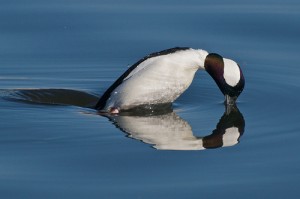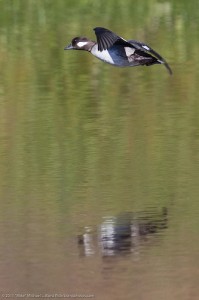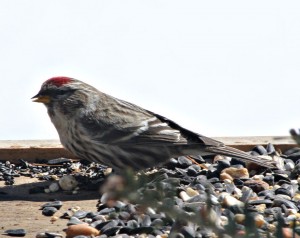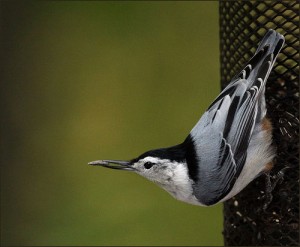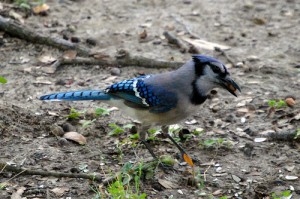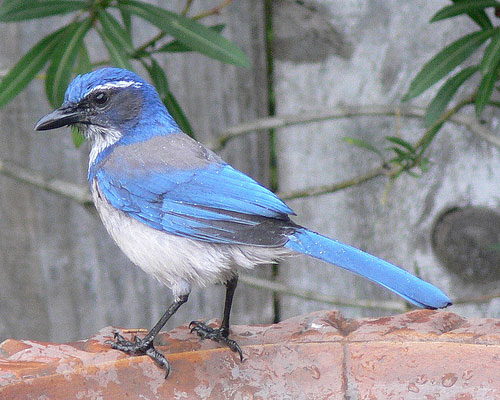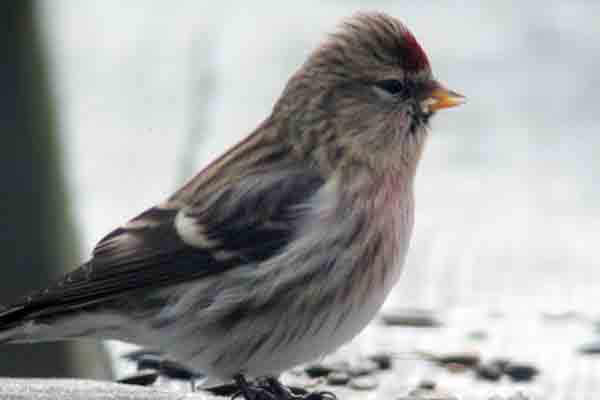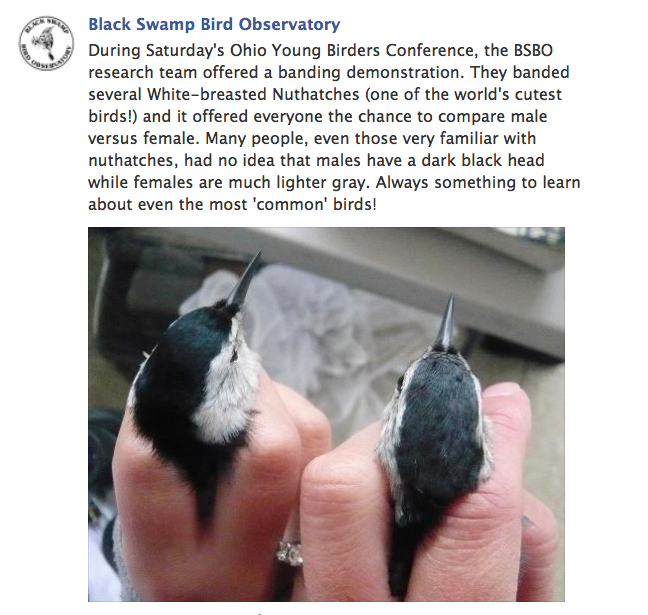From February 15-18, take part in a free, family-friendly educational activity that is loads of fun and supports bird conservation! Tens of thousands of volunteers participate in the annual Great Backyard Bird Count (GBBC), counting birds in backyards, local parks, nature reserves, and wherever they happen to be.
From February 15-18, take part in a free, family-friendly educational activity that is loads of fun and supports bird conservation! Tens of thousands of volunteers participate in the annual Great Backyard Bird Count (GBBC), counting birds in backyards, local parks, nature reserves, and wherever they happen to be.
After 15 years of success in North America, this year birdwatchers of all ages and birding skill levels from around the globe are encouraged to participate. The GBBC provides a great opportunity to learn more about birds and connect with nature – whether from your living room window, or by hiking a local trail. The GBBC is also an ideal way for more experienced birders to introduce friends, family, and others to the wonderful world of birding.
Visit the GBBC website to explore the species seen in your community or state. Make the birds in your neighborhood count as part of the big picture in continental bird conservation. Join in this year’s Great Backyard Bird Count. The GBBC is a joint project of Audubon and the Cornell Lab of Ornithology with Canadian partner Bird Studies Canada.
If you are looking for a special GBBC outing in Vermont:
Huntington
Saturday, February 16, 8:00 a.m.-3:00 p.m.
Green Mountain Audubon Center, 255 Sherman Hollow Rd.
Join us at the Green Mountain Audubon Center for a bird monitoring walk in the morning. Then visit the Birds of Vermont Museum bird feeding station, explore the museum exhibits, drink some bird-friendly coffee, and learn more about the Great Backyard Bird Count. All ages welcome!
–8:00-10:00 a.m. Bird Monitoring Walk; Meeting Place: GMAC Office Building; Free
–10:00 a.m.-3:00 p.m. GBBC open house; Meeting Place: Birds of Vermont Museum; Museum admission: adults $6, seniors $5, children $3
Contact: Charley Wilkinson
For GBBC events in your state, check here.
Sign up by RSS feed or via email to have future articles sent to you.

